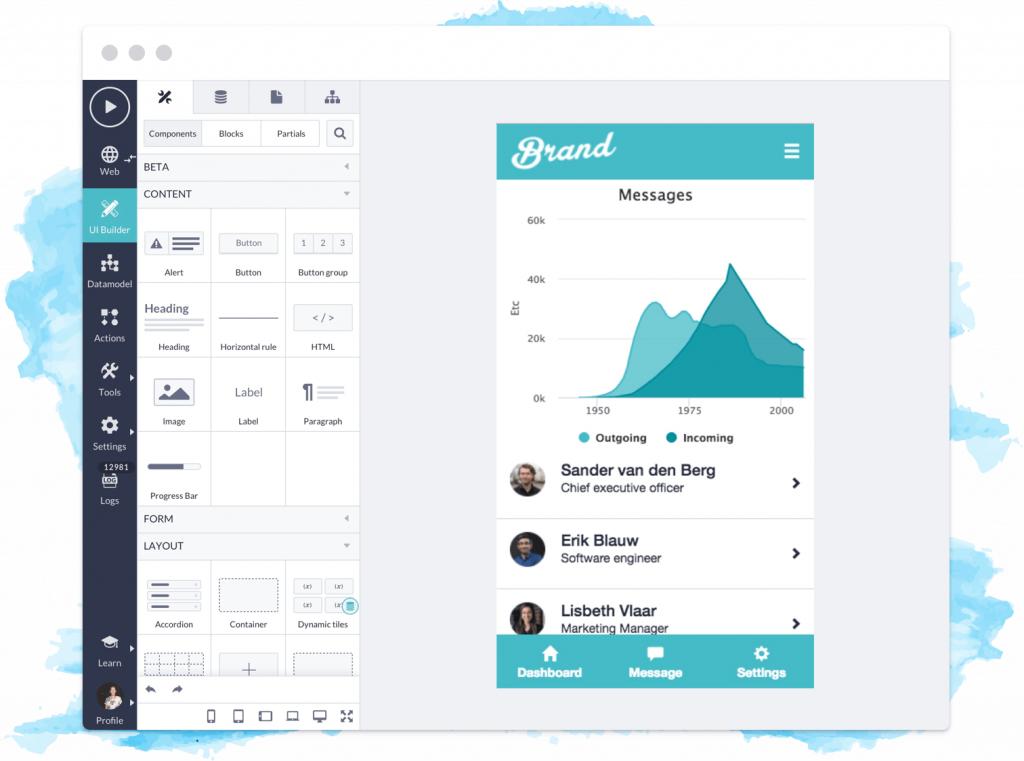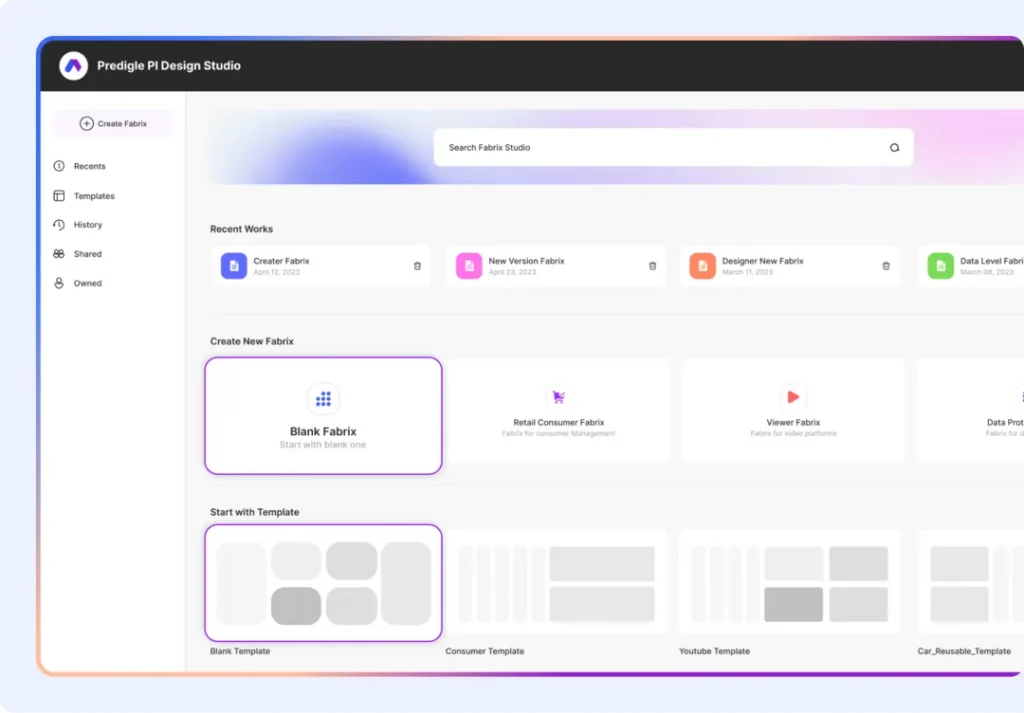Introduction:
In today’s digital era, the demand for innovation and rapid development has reached unprecedented levels. No-code and low-code platforms represent a revolutionary approach, empowering individuals of all technical backgrounds to create robust applications and solutions without writing a single line of code. With the global market projected to grow by over 40% in the coming years, these platforms are not merely a trend but a pivotal force reshaping how technology is leveraged across industries.
Understanding No-Code / Low-Code Platforms:

No-code platforms provide a user-friendly interface with pre-built templates and drag-and-drop features, allowing users with minimal programming experience to develop functional applications. In contrast, low-code platforms blend visual tools with traditional coding, catering to users with some programming knowledge who seek accelerated development using pre-built components. Both types empower users to innovate swiftly, promoting collaboration between IT and business teams and driving digital transformation.
Rise of No-Code / Low-Code Development Platforms:
No-code / Low-code platforms have emerged due to the growing importance of IT in driving digital transformation and the increasing demand for innovative and high-quality software solutions. This demand is often constrained by a shortage of IT specialists, as seen in Germany where 124,000 IT positions were vacant in 2019, a 51% increase from the previous year. To address this shortage, no-code / low-code platforms simplify software and process development, enabling less qualified employees, known as citizen developers, to participate in IT tasks. These platforms allow business users to develop applications independently from corporate IT departments, using visual tools and minimal hand-coding, thus speeding up deployment and enhancing efficiency.
Key Features
- Drag-and-Drop Interface: Users can build applications by dragging and dropping elements onto a canvas, making it intuitive to design and organize application components.
- Pre-Built Templates: These templates help users quickly start their projects with commonly used layouts and functionalities.
- Integration Capabilities: No-code / Low-code platforms often integrate with various third-party services and APIs, allowing users to connect their applications with other tools and services.
- Automated Workflows: Users can create automated workflows to handle repetitive tasks and processes without manual intervention.
- Responsive Design: Applications built on no-code / low-code platforms are usually designed to be responsive, meaning they work well on different devices and screen sizes.
Benefits
- Reduced Development Time: Building applications without writing code significantly reduces the time required to develop and deploy them.
- Cost-Effective: No-code / Low-code platforms often lower the costs associated with hiring developers, as users can create and maintain applications themselves.
- Accessibility: These platforms make software development accessible to a broader audience, including non-technical users.
- Rapid Prototyping: Users can quickly create prototypes to test ideas and iterate on them without significant investment.
- Flexibility and Scalability: Many no-code / low-code platforms offer scalable solutions that grow with the user’s needs, allowing them to add more features and handle more users as required.
Popular No-Code Platforms:
Small businesses and startups benefit immensely from no-code / low-code tools, creating everything from customer relationship management systems to e-commerce websites.
- Bubble: A powerful platform for building web applications with a comprehensive set of tools and integrations.
- Adalo: Focuses on creating mobile apps with a visual interface and pre-built components.
- Webflow: Primarily for web design, allowing users to create responsive websites with a visual editor.
- Airtable: Combines the functionality of a database with a spreadsheet, enabling users to build custom applications and workflows.
- AppSheet: Enables users to create mobile and web apps directly from data stored in spreadsheets or databases.
- OutSystems: Offers a robust platform for enterprise-grade applications with a focus on rapid development and deployment.
- Zapier: Connects different web applications and automates workflows without coding.
Challenges and Limitations:
Despite their advantages, no-code platforms face challenges with highly complex or customized projects that demand precise control. Some platforms are actively addressing scalability concerns and evolving to handle larger and more intricate applications. However, reliance on platform providers can introduce risks such as service interruptions and limited control over feature updates, necessitating careful consideration of platform capabilities and long-term support structures for enterprise-level deployments.
Future of No-Code Platforms:
The future of no-code platforms holds promising advancements, particularly in industries like healthcare where AI and machine learning integrations are poised to revolutionize capabilities:
- AI-driven Diagnostics: No-code platforms could integrate AI algorithms to analyze medical data and assist in diagnostic processes, enhancing accuracy and speed.
- Personalized Patient Care: AI-powered no-code applications may enable personalized treatment plans based on patient data, improving patient outcomes and satisfaction.
- Healthcare Analytics: Advanced analytics capabilities could provide insights into patient trends, resource allocation, and operational efficiencies, supporting better decision-making and cost management.
Predigle Intelligence or “Pi” is a full-fledged SaaS platform that provides a low-code/no-code AI design solution and supports a wide range of business functions, such as RevOps use-cases including Sales Ops, Marketing Ops, Media Ops, and Tech Ops. Turn Your Data Into Inspiring Business Decisions And Revenue Generating Actions. An Intuitive Workbench Designed To Model Your RevOps Strategy And Execute On It!

Tier & Segment Dimensionality
The Dimension Panels host the business features declared as Tiers and Segments. Tiers are typically human-defined, whereas Segments are derived by our AI/ML Precogs.
Our No-code Drag and Drop Builder transforms your business data into actionable insights. Check out our platform here.
Conclusion:
No-code / low-code platforms are empowering a new wave of innovation by making development accessible to everyone. Whether you’re a small business owner, a startup founder, or an individual with a creative idea, no-code / low-code tools can help you bring your vision to life quickly and cost-effectively. Explore the world of no-code / low-code platforms today and discover how they can revolutionize the way you approach development.




























